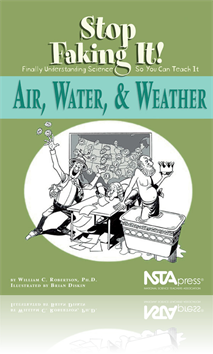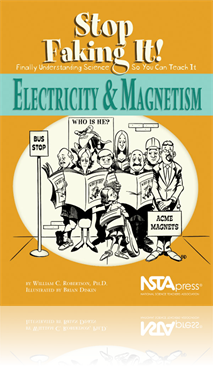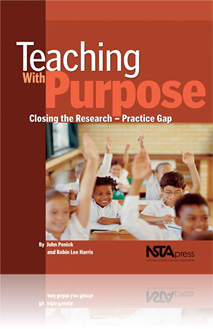All Book Chapters
Book Chapter
Lively Science: Living Organisms and More
Most life science laboratories are filled with chemicals and electronics. Observing and studying living organisms is critical to a strong program, but living organisms need to be maintained in a safe and educationally sound manner. This chapter summa...
Book Chapter
Modern Alchemy: Safer Teaching With Chemistry
Today more students take chemistry at the secondary level than a decade ago, but community college instructors must not assume that these students come with the same knowledge and laboratory skills as students arriving even five years ago. Instructor...
Book Chapter
Falling for Science: Physics Phenoms
The knowledge and experience of students in "typical" introductory college physics is far more diverse than it once was. Instructors have to adjust teaching methods and safety instruction to ensure full and safe participation by all. This chapter sum...
Book Chapter
The Great Outdoors: Field Studies Near and Far
With any outing—entire class or a few students—the difference between success and failure and between a safe, memorable learning experience and disaster is careful planning and preparation. This chapter includes tips for field studies and explori...
Book Chapter
If you understood the first two chapters, you now know how to describe motion (using velocity and accelerations) and you know what causes changes in motion (net forces do it). Remember that net force refers to what you get when you consider the tota...
Book Chapter
The contents of this chapter deal with air pressure and water pressure and what causes those things to increase and decrease. In addition, the real-world results of those increases and decreases in air and water pressure will be addressed....
Book Chapter
This chapter delves deeper into air pressure, or to be more correct, the pressure exerted by any gas. The most important part of this chapter is a scientific model for how gases behave, which will be used to explain previous activities pertaining to ...
Book Chapter
Balloons and Other Things That Sometimes Float
Hot air balloons float--sometimes. Regular old balloons that you get at a party float--sometimes. Boats float--sometimes. What makes them float and what makes them sink? How can a boat made of steel float but a solid chunk of steel sink to the bottom...
Book Chapter
Before moving on to weather patterns, there are a few concepts about air and water that haven't been covered thus far. This chapter ties together these loose ends and prepares readers for a better understanding of the various processes that cause wea...
Book Chapter
The concepts covered so far that pertain to the Earth's weather will finally be applied in this chapter. A number of basic mechanisms that govern small-scale things such as cloud formation, rain, fog, dew point, and humidity, will be addressed. ...
Book Chapter
In the previous chapter, we dealt with how the properties of air and water affected small-scale weather such as the formation of clouds, the formation of fog, and how comfortable you feel at different times of the year. In this chapter, we're going t...
Book Chapter
So far, small-scale and large-scale weather patterns have been dealt with. What seems to interest people most, though, are the "special" events related to weather. Those special events include thunderstorms, tornadoes, hurricanes, floods, and drought...
Book Chapter
Connecting Electricity and Magnetism
As discussed at the beginning of the book, there is an intimate connection between electricity and magnetism, which will be further addressed in this chapter as well. We'll end up with a scientific model for what magnetism is, what makes something a ...
Book Chapter
Making a Case for a Research-Based Teaching Rationale
This chapter demonstrates the importance of developing a detailed plan or rationale for teaching science that will help you achieve improved results in the classroom. Although every teacher's plan or rationale will be different in some ways, it has ...
Book Chapter
Elements of a Research–Based Rationale
In Chapter 1, the 10 key aspects that most plans embrace were mentioned. This chapter looks more closely at how to address these 10 key aspects. This includes setting goals for students and defining the roles of students and teachers in the classro...






